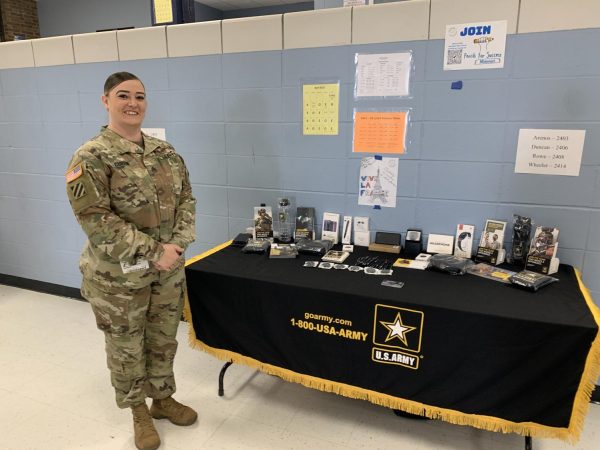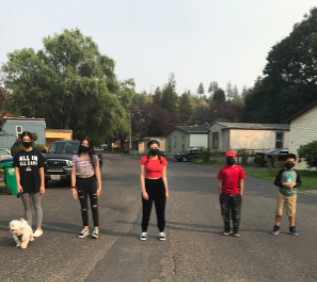Students of Color
On May 17, 1954, one of the most monumental supreme court rulings was made. It was the day when segregation was made illegal in schools. Since then students of color have had to face new obstacles, many of which go unnoticed. From racially charged bullying and assault to the student achievement gap, it is obvious that there is still unfair treatment among students of color in school.
In a poll, 16 out of 31 students within the North Clackamas School District feel as if they have been treated differently due to their race. The majority of “yes” voters being black and Hispanic students. A few were asked about their experience. Students who answered the survey said that schools need to make equality and acceptance a priority.
“People tend to throw around the statement, ‘Build a wall!’ or ‘Immigrants deserve to be separated at the border!’,” says Yasmeen Torres, a Hispanic student from Rex Putnam. I stopped staying after school when a classroom stopped feeling like a class, it wasn’t welcoming nor was it comfortable for me.” Yasmeen is also the sophomore class president. She spoke about the changes she saw in some of her friends who are also students of color.
“I have seen how [my friends] have been rejected by teachers and I have seen how teachers make assumptions of them,” says Yasmeen, “ They don’t skip because they think it’s cool or because they don’t want to show up to class.” Other students shared the same insights. A survey asking students what discrimination they have experienced showed that almost all have had racial slurs personally said to them by other students.“I think kids are pretty good at being subtle,” says Traci Clarke, a teacher at Rex Putnam, “When students will say, you know, whatever is happening and I didn’t realize it was happening in my classroom.” She continued to speak about how most of the time teachers do not know it’s happening, if or when it is. So what can be done to stop discrimination in the district?
“We all need to work and be united, break down any barriers that potentially separate us from one another,” says Torres. “At the end of the day, we are all equal, regardless of your race, color, creed, and sexual orientation. The world will only function once acceptance and love is spread amongst each other and future generations.”
“I think teachers owe it to students to be better role models,” Clarke says. “I think we need to have conversations about race, and how, yes, we are alike in so many ways, but we are also different and learn not to just accept the differences, but also celebrate them.”
Kevin Mixon, a teacher in the North Clackamas district, when asked about racism in schools states, “ … I don’t think that it’s just one race’s problem, I think that there are white kids who get a bad deal by black kids because of the perception. I think that there are Hispanic kids who get a raw deal because of perception. As a teacher I see grades, but at the same time some people only want to see the color and, so, nobody looks at potential they look at, society says you are this and this. ” He believes that it should be a conversation, but not so much so that it is limited to a day- week or month, just quickly thrown away as it came that the school should try to do a better job of being supportive and understanding, he says, “I don’t think we can have this kind of assembly because to get 1000 people talking about one subject you will lose the assembly. I think it has to be a smaller form where people discuss it. It can’t be just one month, it can’t be black awareness week…It can’t always be black awareness week, which tells people that is the only time we need to even worry about it. It has to be an ongoing thing whether we get pushback or not…because some kids feel like they don’t have a place to go, having a club is one thing, but people often look at that as a controversial thing. I think as a school we have to do a better job of looking at how you are doing and how you are feeling” he then went on to say when talking about power in numbers, “When its cultures that intertwine…when you get cultures all shouting the same message, that message can reach a lot of people, because now each person could take that message and infiltrate their culture, and be leaders about the message.”








